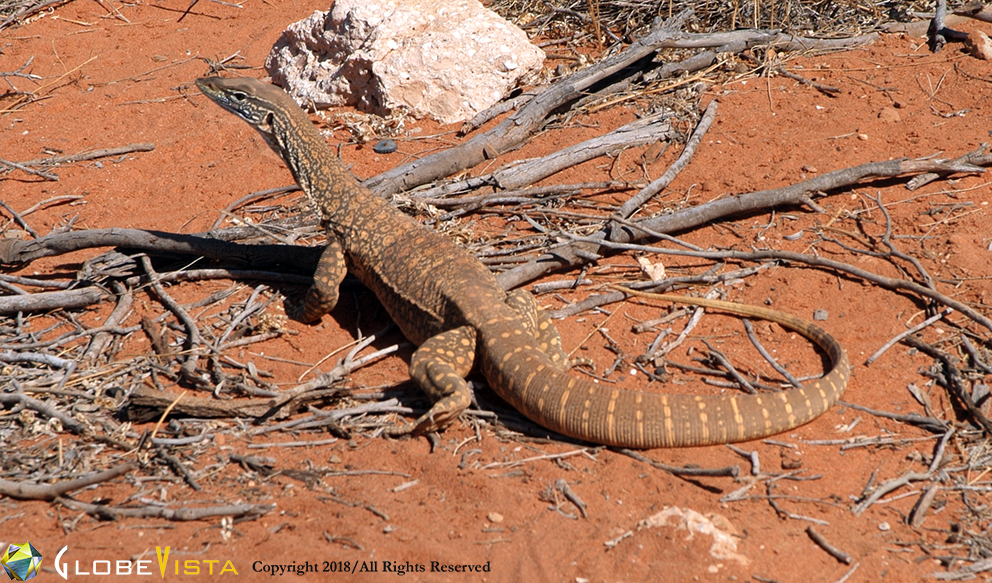Peron Homestead
The Francois Peron National Park is in the Shark Bay World Heritage area and covers over 52,500 ha at the northern extreme of Peron Peninsula. The turn-off to the park is located on the Monkey Mia Road about 4kms from Denham . The park was named after the French zoologist, Francois Peron, who was part of the Nicolas Baudin scientific expedition to southern and western Australia, in 1801. Baudin fell victim to tuberculosis on the return voyage and Peron would go on to write the accounts of the expedition in “A Voyage of Discovery to the Southern Hemisphere” which he wrote in 1809. The park was originally a pastoral/sheep station with the Peron Homestead being built in the late 1880s.
Artesian Bores
Peron Homestead relied heavily on water for its sheep but the Peron Peninsula, lying within the Carnarvon Basin, lacked permanent fresh surface water. As a result, during the 1900s artesian bores were sunk and an elaborate valve system was developed that controlled the flow of water to various locations from the artesian bores.Peron Peninsula’s artesian water was forced to the surface by its own pressure. Three windmills then pumped the water from holding tanks to water points located within 10km radius to service the livestock. An electric pump was used when the windmills broke down or there was little wind. Artesian water is hot with temperatures reaching between 35-60 degrees and is often high in salt and mineral content. The 580m deep artesian bore at the homestead has been developed into a hot tub and is open for the public to use. Another well known artesian bore is the Bibbawarra Bore found further north at Carnarvon.
The Francois Peron National Park is under the care of the Department of Conservation and Land Management and is home to many rare and endangered species.
Hidden Dangers

When visiting the park there are a few things you will need to know. Firstly there is a fee (per car)to enter the park which you can pay on entering. Venturing further than the Peron Homestead requires a 4WD vehicle so make sure you have adequate supplies of water, fuel etc as it is quite easy to get bogged in the soft sand. Now as tempting as they look, don’t try crossing the birridas (salt lakes) or you may find yourself spending a few days trying to get un-bogged! Camping is permitted at the Big Lagoon, Gregories, Big Bottle and Herald Bight but there is only limited facilities. The cape also has some very unstable cliffs so don’t venture too close to the edge or you may find yourself unexpectedly swimming with the sharks!
Every national park in Western Australia has its own unique creepy crawlies and this one is no exception. Don’t pat the snakes or the lizards. Also watch where you walk when you are close to the lagoons, as the area is a popular grounds for the nasty stonefish which lurks in the shallow water.
